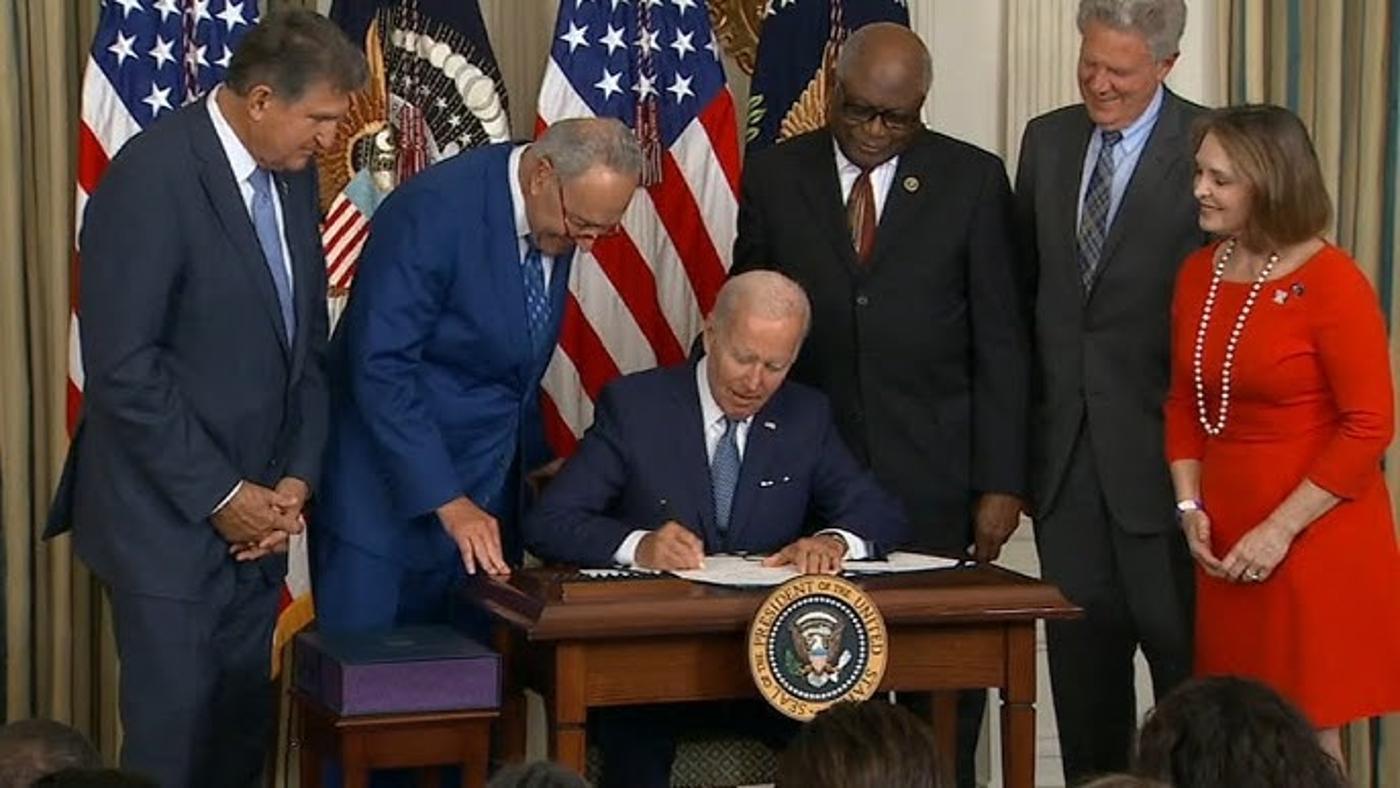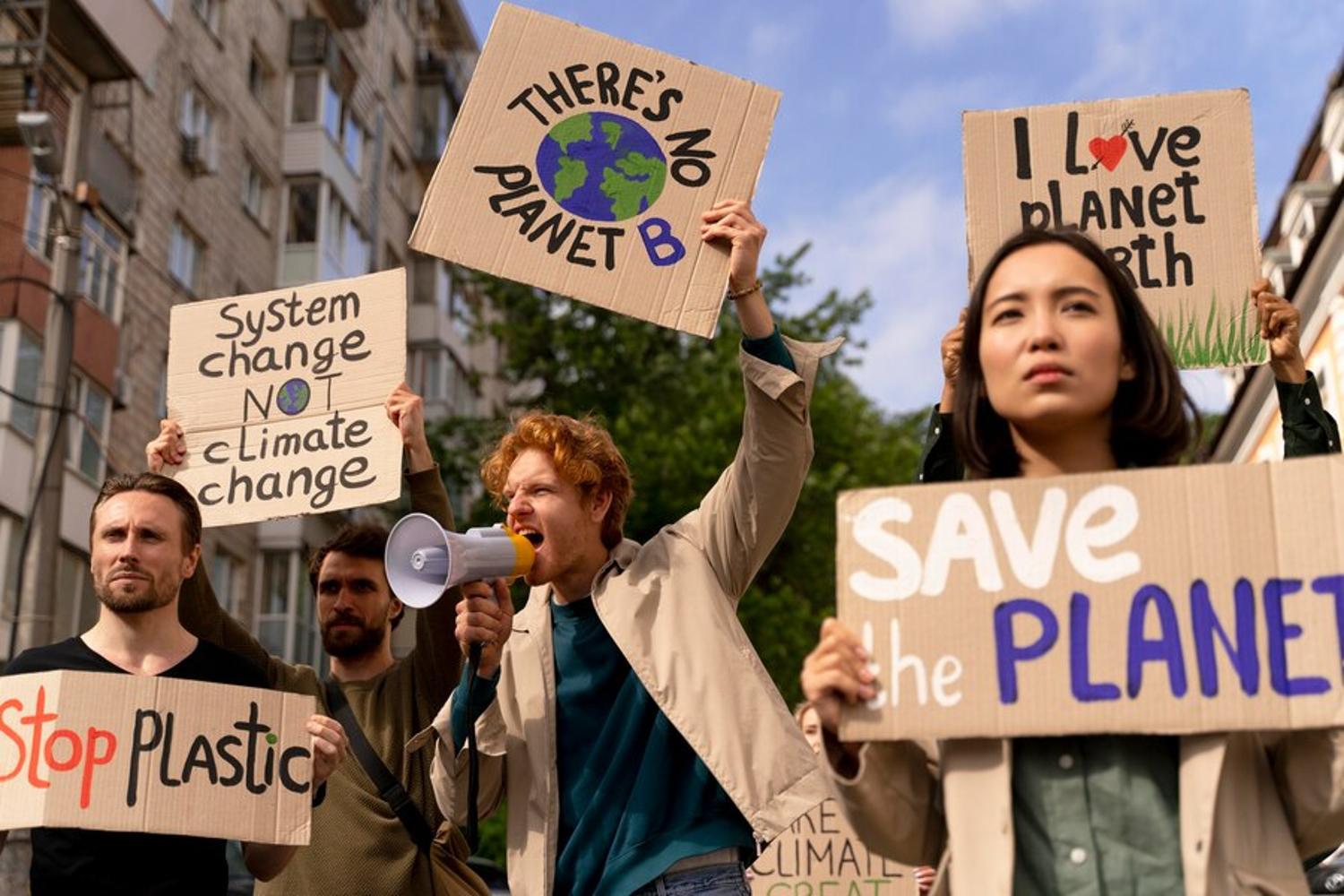Over the past several years, it has become terrifyingly clear that climate change is not only on the horizon; it is here. In response to this reality, the world’s governments have realized they need to make severe changes to their policies to protect the planet from imminent destruction.
However, a recent study that analyzed 1,500 climate policies in 41 countries found that a mere 63 of these policies actually make any tangible difference in the fight against climate change. Here’s what they say needs to change if we truly want to save planet Earth.
The Paris Agreement Jump-Started Climate Change Policies Around the World

Although scientists have long understood that human activity has been negatively impacting the planet’s natural weather patterns, the fight against climate change began in earnest with the Paris Agreement in 2015.
The Paris Agreement, a legally binding international treaty to combat climate change, was signed by 196 nations in 2015. They all agreed to implement environmentally friendly policies as soon as possible, and many got straight to work doing just that.
President Biden Has Signed Several Policies Into Action During His Term

President Biden took the treaty very seriously and authorized several laws, including the Inflation Reduction Act and the Bipartisan Infrastructure Law, which both include policies better to protect the nation and the Earth from climate change.
However, experts now say that most of the President’s policies do little or nothing to combat climate change. Although a few certainly did make a difference, and analysts finally know why.
Using an Algorithm to Examine Climate Change Policies

A study published in the journal Science in August 2024 used an AI algorithm to analyze the more than 1,500 climate change policies in place around the world.
The policies ranged from energy-efficient standards to carbon taxes, household appliance regulations, and everything in between. However, they found that only a fraction of the policies made any tangible changes.
Governments Most Often Used Subsidies and Regulations

The study noted that while there are 46 types of policy interventions, the majority of the schemes were either subsidiaries or regulations.
And as Nicolas Koch, senior researcher at the Berlin-based Mercator Research Institute on Global Commons and Climate Change and an author of the study, explained, “We see a lot of policy packages built around these two policy types, and we find that it’s very rare that they really work in reducing emissions.”
What Kind of Climate Change Policies Do Work?

On the other hand, Koch and his colleagues noticed that the small fraction of the policies that showed results all had one thing in common: They included financial incentives.
The researchers reported that tax breaks, grants, low-interest loans, procurement mandates, and various other financial offerings almost always ensured the climate policy showed tangible results.
The 63 Successful Policies Drastically Reduced Emissions

What’s especially interesting is that the mere 63 policies that utilized financial incentives actually made a massive difference in reducing carbon dioxide in the atmosphere.
In fact, they said these 63 policies have already reduced emissions by between 0.6 billion and 1.8 billion tons of CO2. Of course, that’s not enough to save the planet from climate change, but it’s certainly a step in the right direction.
Changing Consumer and Corporate Behavior

The study cited several examples of successful climate policies, and the researchers realized that in addition to including financial benefits, each and every one changed consumer or corporate behavior in some way.
For example, after new mileage rules were implemented in 2007 and tax breaks were allotted to those who purchased cleaner cars in 2006, emissions from vehicles in the US dropped by 8% from just 2008 to 2010.
The UK Made Big Changes to Its Electricity

Additionally, the study reported that the UK saw an extremely impressive 44% cut in emissions from its electricity sector from 2013 to 2020.
They argue that this drastic reduction is unquestionably due to the phaseout of coal plants, stricter air pollution standards, and the implementation of a minimum price for electricity.
Some Other Policies Work, but Far Slower

It’s important to note that the study acknowledged that a few non-financially incentivized policies showed tangible results. However, they took far longer than those that did use monetary motivation.
For example, the slow transition from coal to natural gas in US power plants has reduced CO2 emissions by 25%, but it took more than 15 years to get there.
The Current Plan Isn’t Working

Koch and his fellow researchers said that, according to the algorithm, the world’s overall climate emissions are still set to exceed the Paris Agreement target by a whopping 23 billion metric tons of CO2 by 2030.
In other words, the climate policies that the world’s nations have implemented since signing the Paris Agreement are simply not enough. However, they also believe this study has the information we need to fix this problem.
Financial Incentive Policies Could Actually Help Save the Planet

While it may seem disappointing that only 63 of the 1,500 current climate policies seem to be working, many scientists argue that this study is actually filled with hope.
Julio Friedmann, chief scientist at Carbon Direct, who wasn’t involved in the study, explained, “This study gives me confidence that we know what to do and how to do it.”








































